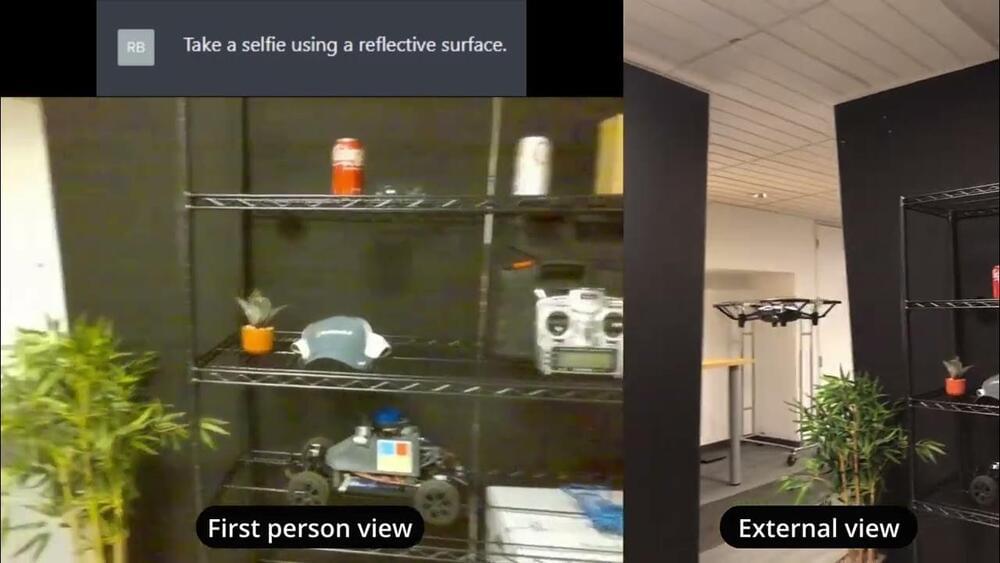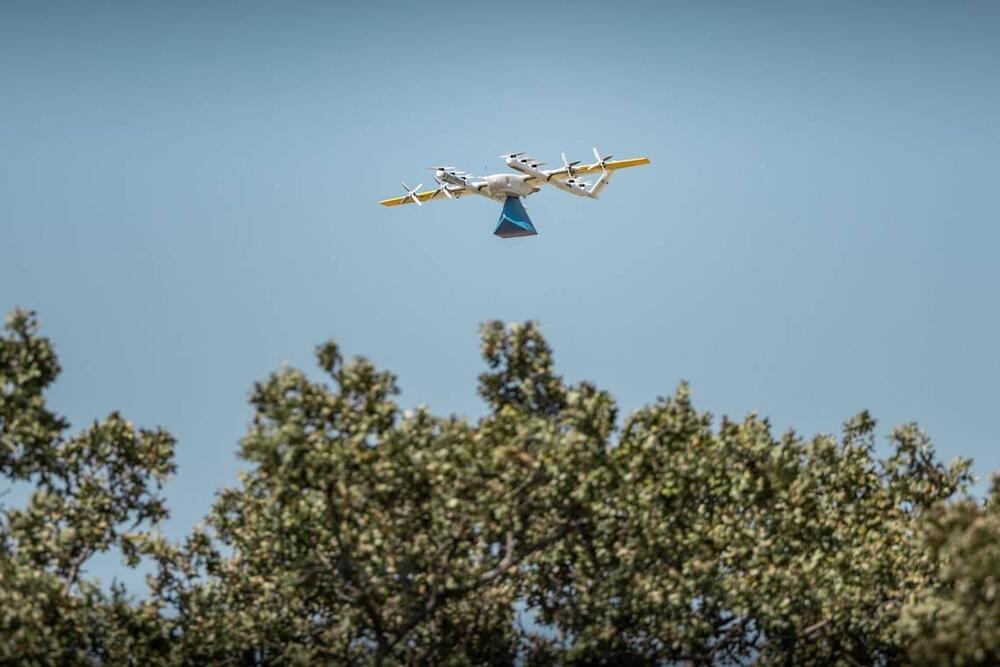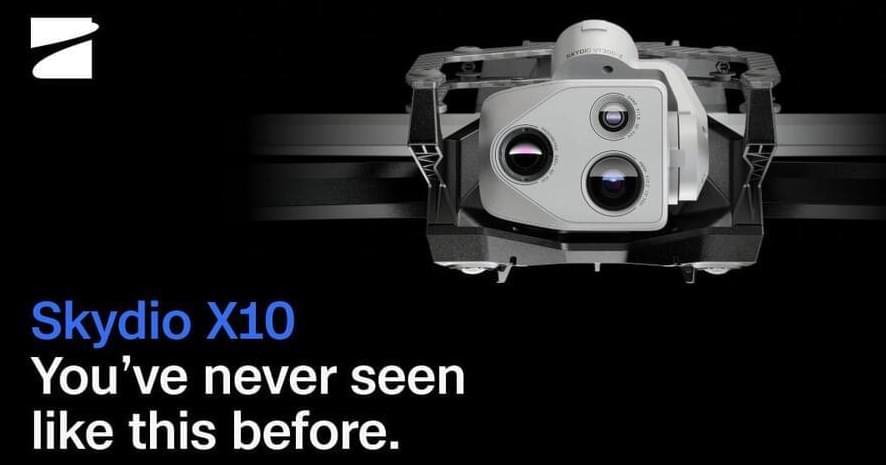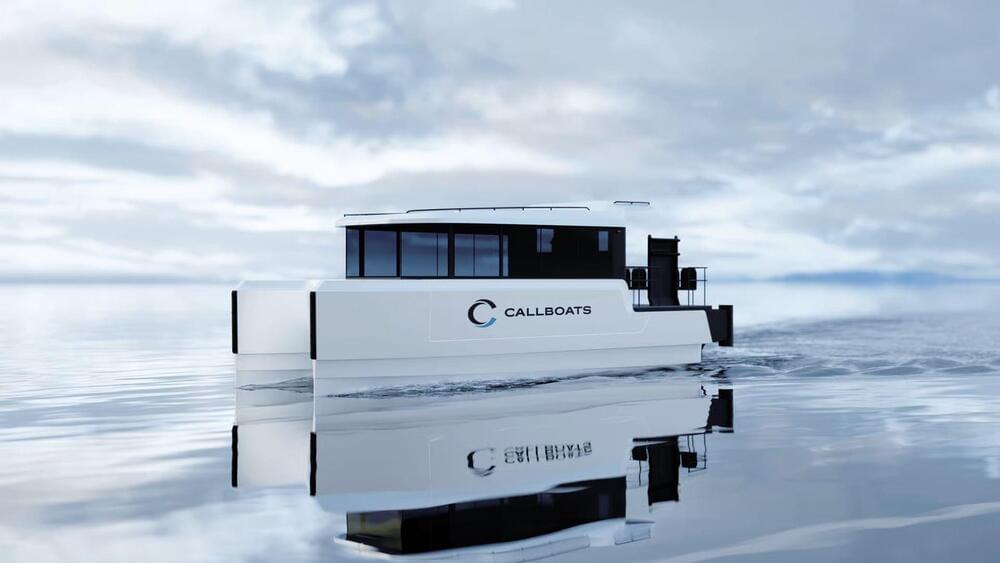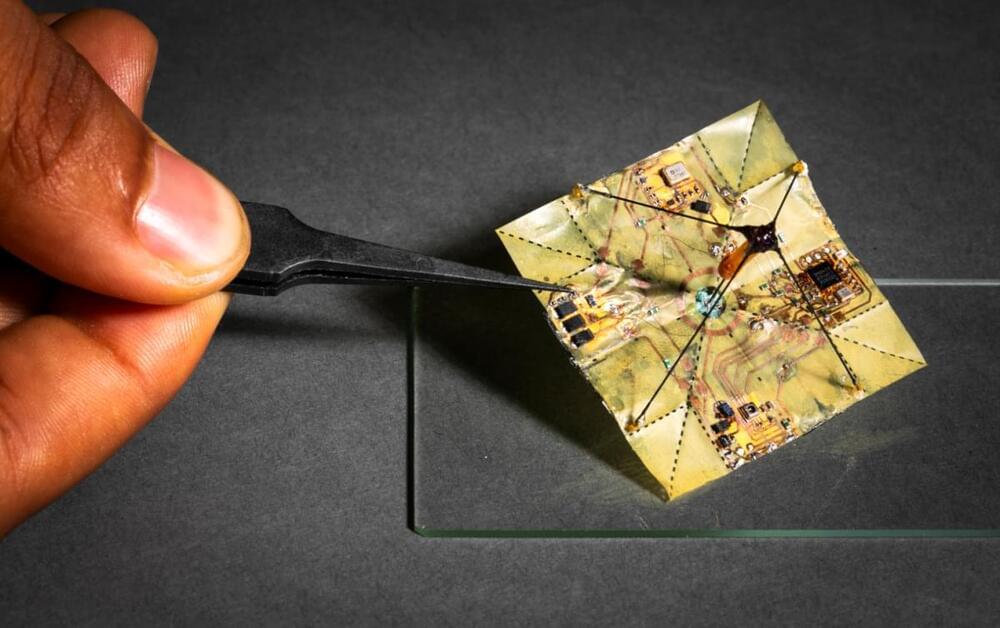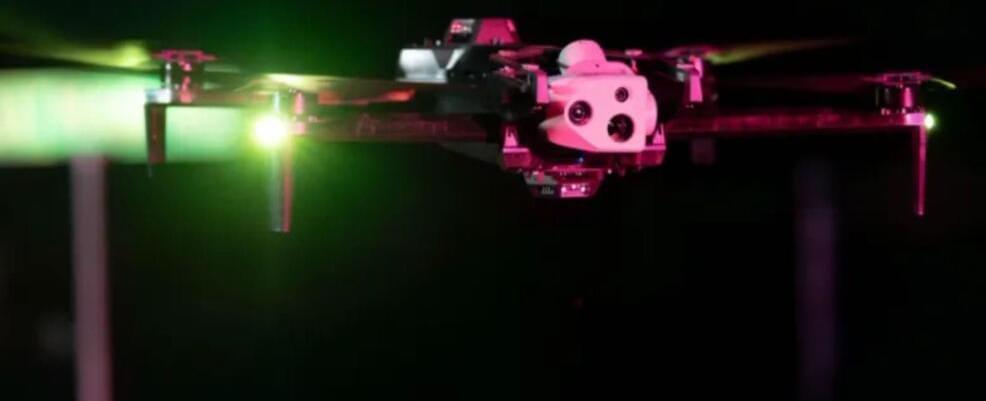In this video accompaniment to our paper “ChatGPT for Robotics: Design Principles and Model Abilities”, we demonstrate how ChatGPT can help a user control a real drone with only language instructions.
ChatGPT provided an extremely intuitive interface between the user and the robot, writing robot code based on ambiguous and ill-defined instructions, and asking clarification questions when necessary. The model was also able to write complex code structures for drone navigation (circular and lawnmower inspection) based solely on the prompt’s base APIs.
